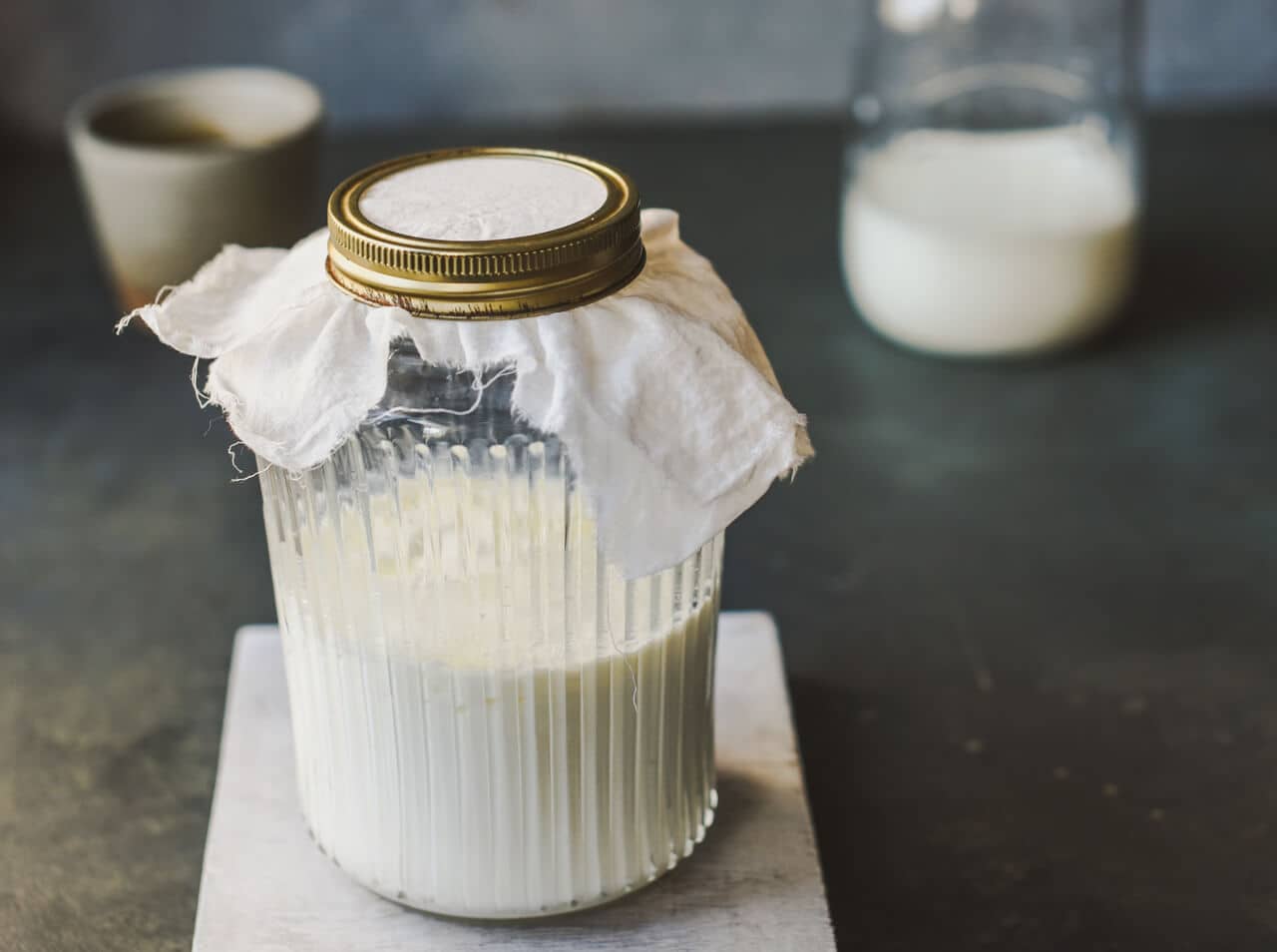- Coffee facts
The milk debate.
Yummy! Yes! No! Never! The questions whether milk belongs in coffee or not is highly controversial. For professionals, tasters, and baristas milk is (usually) a no-go, because it causes a change of taste and character– not to say: it distorts the taste.

Babette Lichtenford
The characteristics of the terroir, the individual aromas, and the natural sweetness are suppressed when adding milk. Which is a shame. So, next time you are about to add milk to your coffee (detractors would say “drown”), give it a shot and try it plain.
But let’s be honest…
Nicely frothed milk in combination with a freshly brewed espresso is pure enjoyment. When the mousse-like foam melts smoothly on your tongue it gives the espresso a wonderful texture. In this sense: Here’s to cappuccino and the like.
Which brings us to the two major aspects of milk or rather foam. It must be hot (but not too hot) and lots of air in form of small bubbles must be “pumped” into the liquid. There are a number of options for doing that: Electric milk frothers, the steam wands on portafilter machines, the French Press, or manual frothers.
No matter what you are using, it is important that the milk does not get to hot, meaning not over 149°F. At 154°F the milk proteins change, which leads to a quite unpleasant taste. Besides that, you then won’t get the so called „micro foam”. The milk stays how it is. To get a really creamy foam (for example for latte art) you need a high protein content of at least 3,3%. And because fat is a flavor carrier, we suggest milk with 1,5-3,5% milkfat. Also important: The fresher the better.
And what about plant milk?
As a cow milk alternative we would choose oat milk for ecological reasons, over soy, almond, or coconut milk. Oat milk has a slightly grain-like taste, can easily be homemade (you find the recipe here), and has a much better environmental balance.
Unfortunately, it is not so easy to create a nice foam with it. In that case, you can either go for the “barista-series”, which usually contains a bit of soy (for the protein). Or, if you chose to make oat milk yourself, add 1-2 tbsp of a neutral tasting cooking oil per 32 fl oz milk. We have not tried it yet, but it is supposed to work. We would love to hear about your results on Facebook or Instagram.
photo:
anshu a on unsplash




